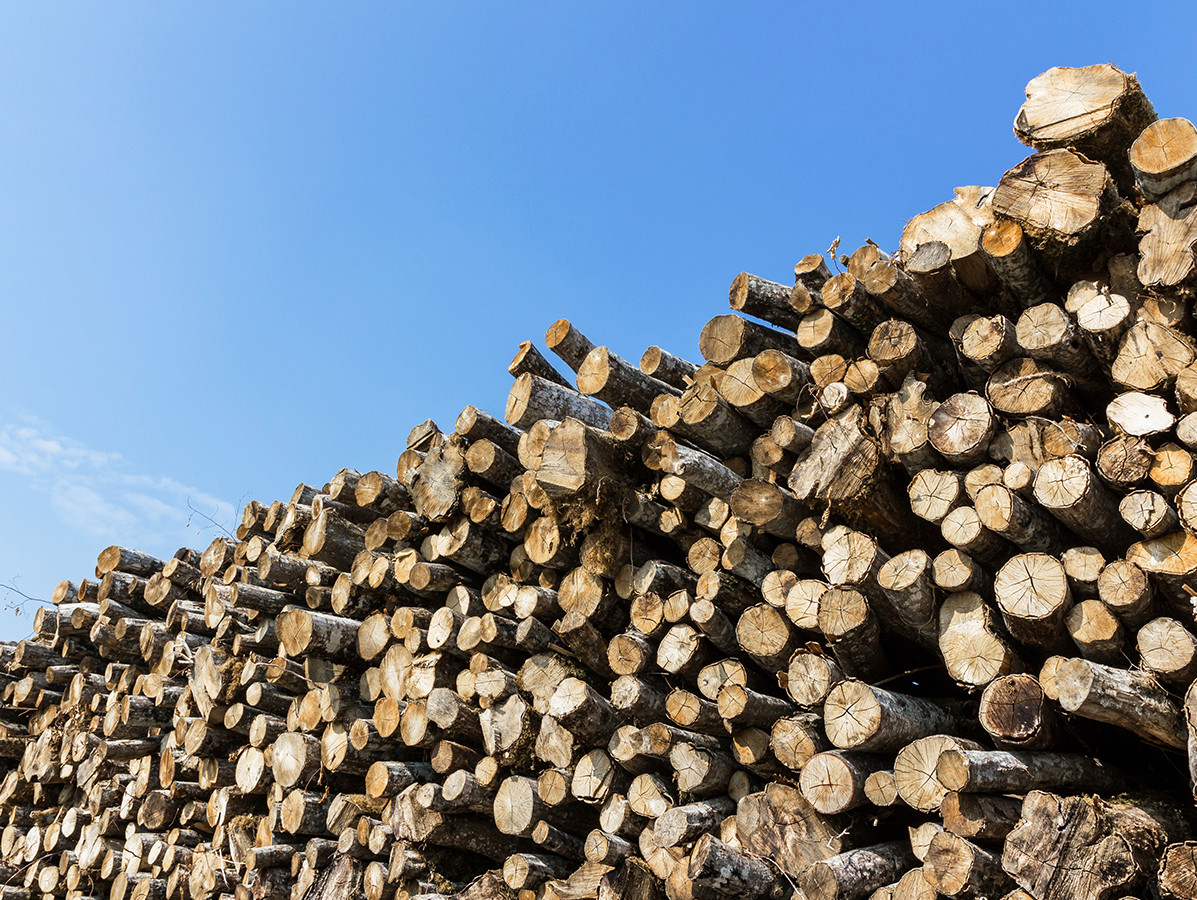
The contribution of large-scale application of bio-energy with CO2 capture and storage (BECCS) over a period of thirty years is relatively limited, according to a study by Radboud University, Utrecht University and the Netherlands Environmental Assessment Agency (PBL) published on 24 August in Nature Climate Change. On the other hand, when evaluating BECCS over the entire 21st century, the total potential is theoretically as large as current CO2 emissions. However, this solution leads to an enormous land take.
The goal of the Paris Climate Accord is to limit the rise in global temperature to well below 2 degrees Celsius. Many studies show that BECCS could make an important contribution to achieving this goal. CO2 is captured during the growth of biomass. By capturing CO2 after combustion and storing it in the ground, BECCS can theoretically remove net CO2 from the atmosphere.
In order to properly evaluate the potential of BECCS, various factors must be considered, such as the location of biomass production, the period over which the impact has been evaluated and the type of energy produced. When evaluating the global potential of BECCS, the researchers used a unique computer model that takes all these factors into account.
Steef Hanssen, lead author of the study, explains: "Earlier implementation of BECCS significantly increases the potential to mitigate climate change. When evaluated over the next 30 years, the global potential of BECCS is limited to 28 EJ per year for negative emitted electricity, capturing 2.5 Gtonnes of CO2 per year. Over the entire century, the potential can be much greater: in the most extreme case even up to 220 EJ per year and 40 Gtonnes of CO2 per year. This is roughly the same as current emissions, which indicates a considerable biophysical potential for bioenergy".
The results for the next thirty years are particularly sensitive to what happens to the original vegetation before plantations are created. "It is clearly better to use original biomass for energy or materials than to burn them," Hanssen emphasizes. "If the original biomass is also used to produce bio-energy, or for wood or paper in other sectors, the potential BECCS electricity to be captured increases significantly, from 2.5 to between 5.9 and 11 Gtonnes of CO2 per year".
Fully global implementation of BECCS leads to high demand for land, which potentially creates competition with other uses of land, such as for food production and protection of biodiversity. In the most extreme cases, some 0.8 to 2.4 billion hectares of land will be needed to grow crops for BECCS in the year 2100. This corresponds to 5 up to 16% of the total land area on earth. Detlef van Vuuren (Utrecht University and PBL) therefore adds: "The large-scale use of BECCS, despite its potential, is not necessarily attractive: the unique contribution to removing CO2 from the atmosphere comes with a large footprint. This would have to be weighed up against each other. Policymakers should therefore also look carefully at other options for reducing emissions, such as lifestyle changes and greater use of other sources of renewable energy. Only then can we achieve the reduction in greenhouse gas emissions and the removal of carbon dioxide that we are striving for in the Paris Agreement.
Source: Nederlands Planbureau voor de Leefomgeving